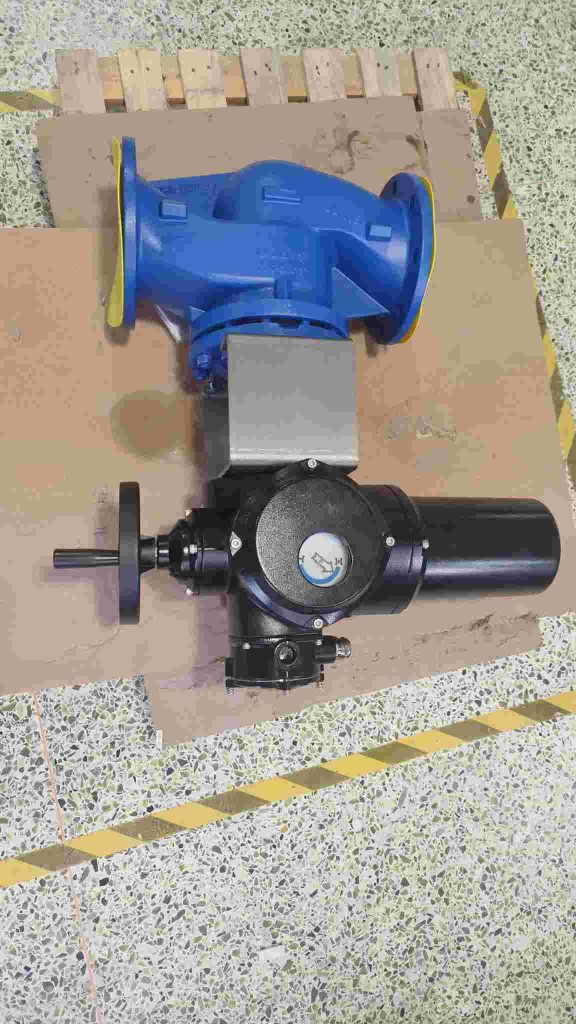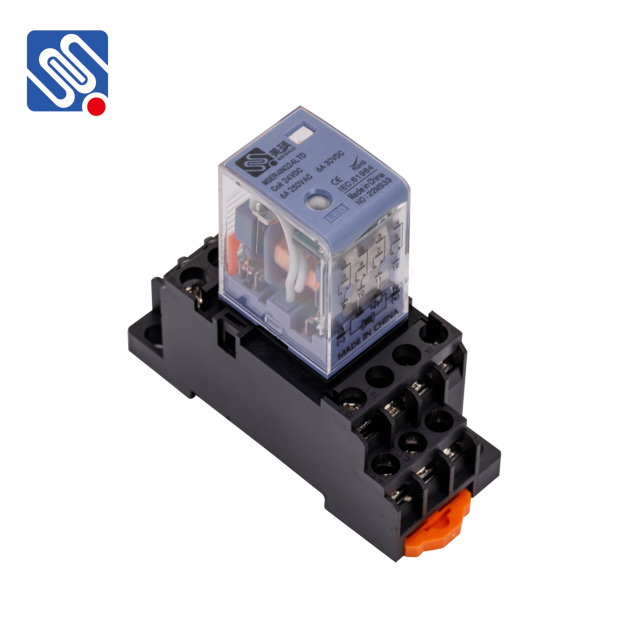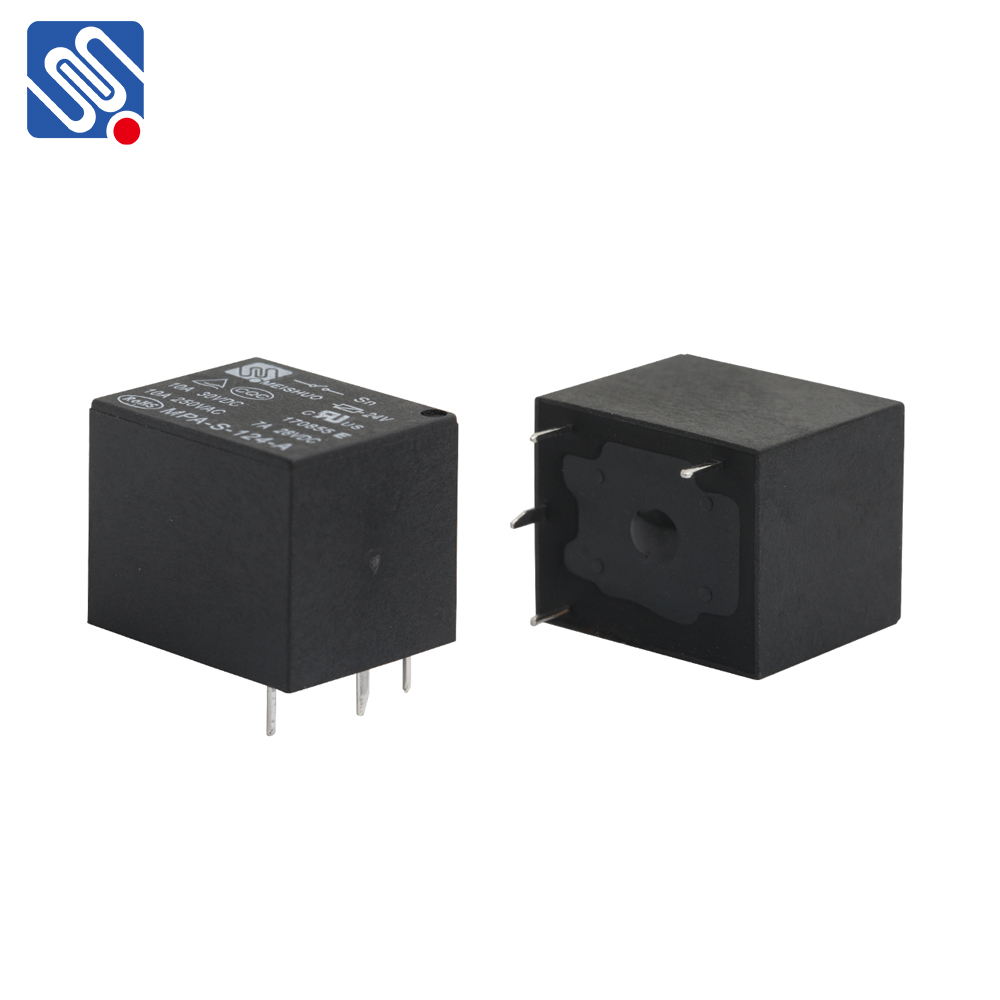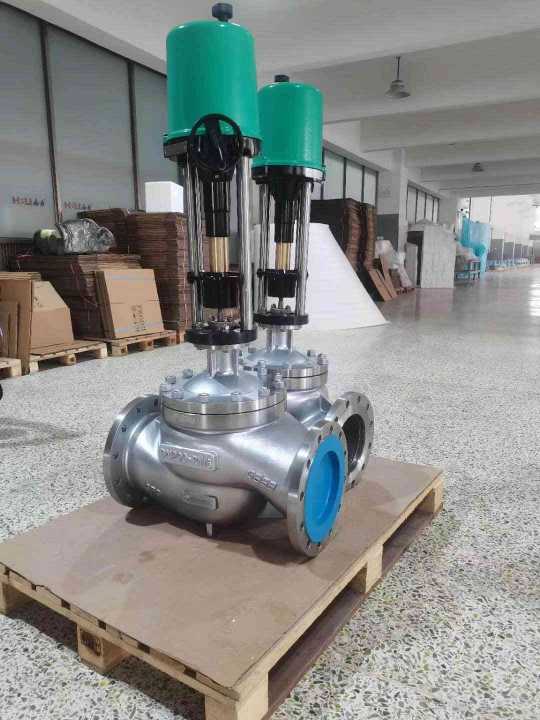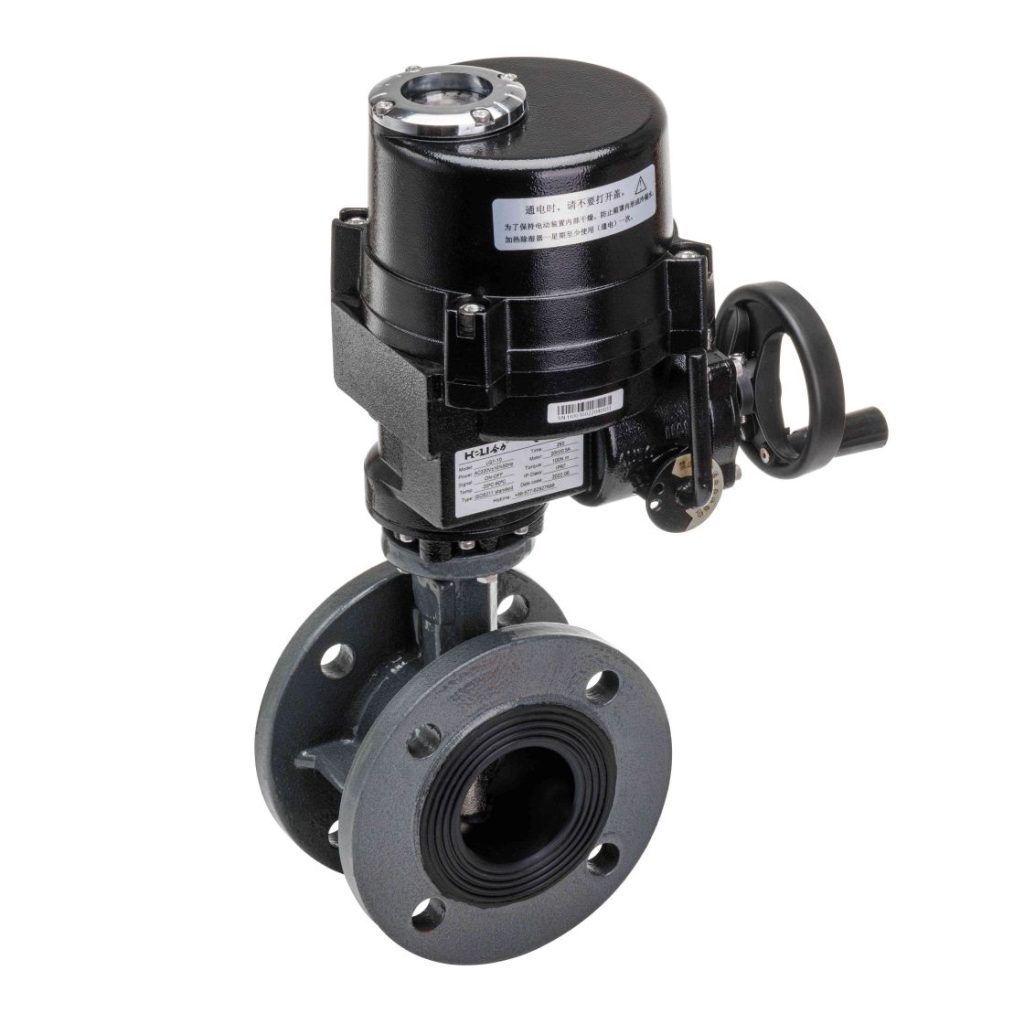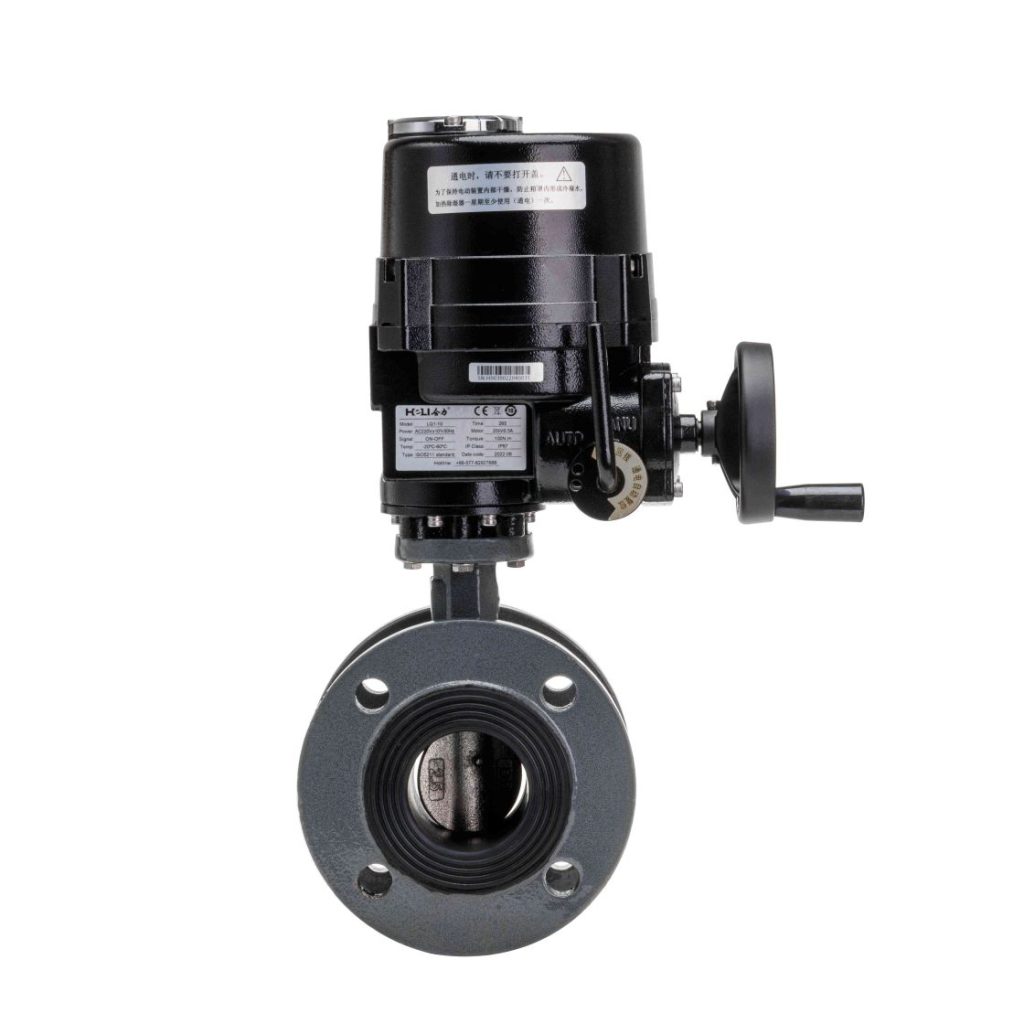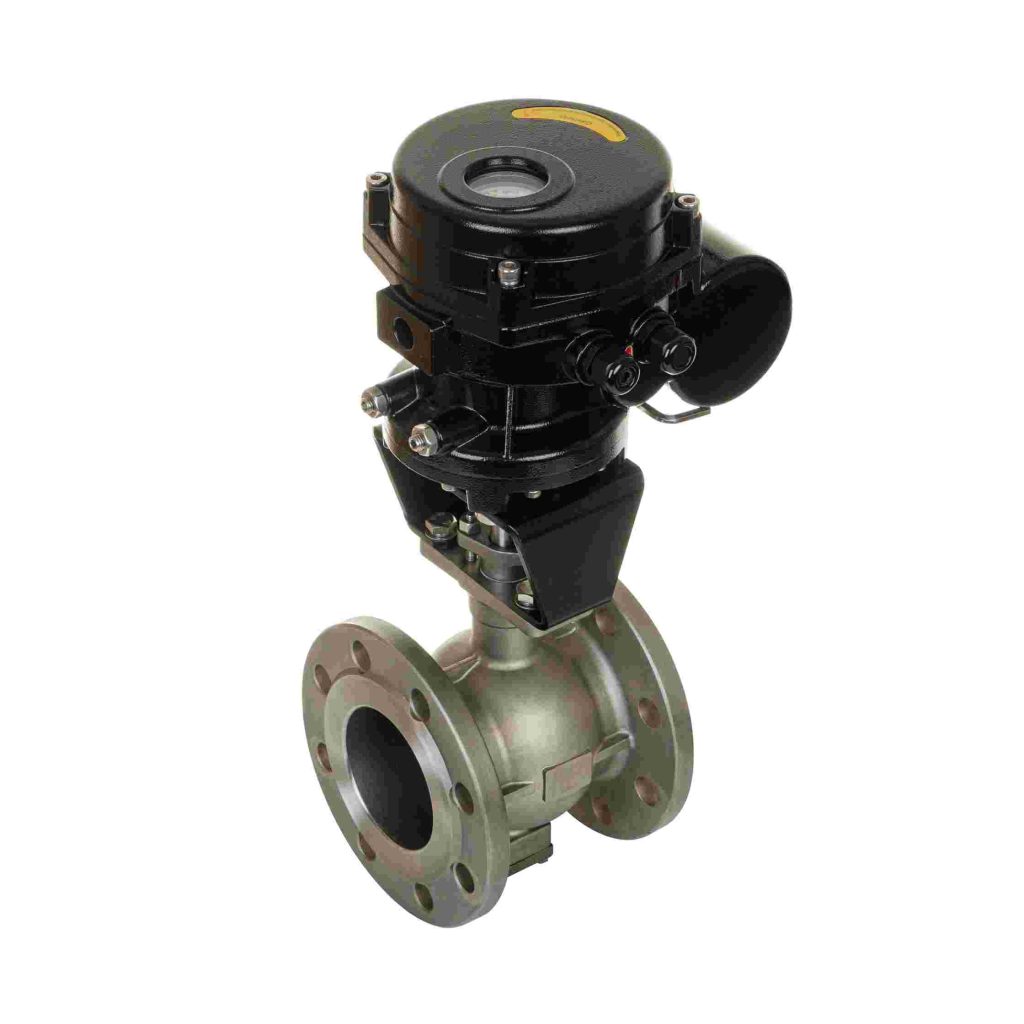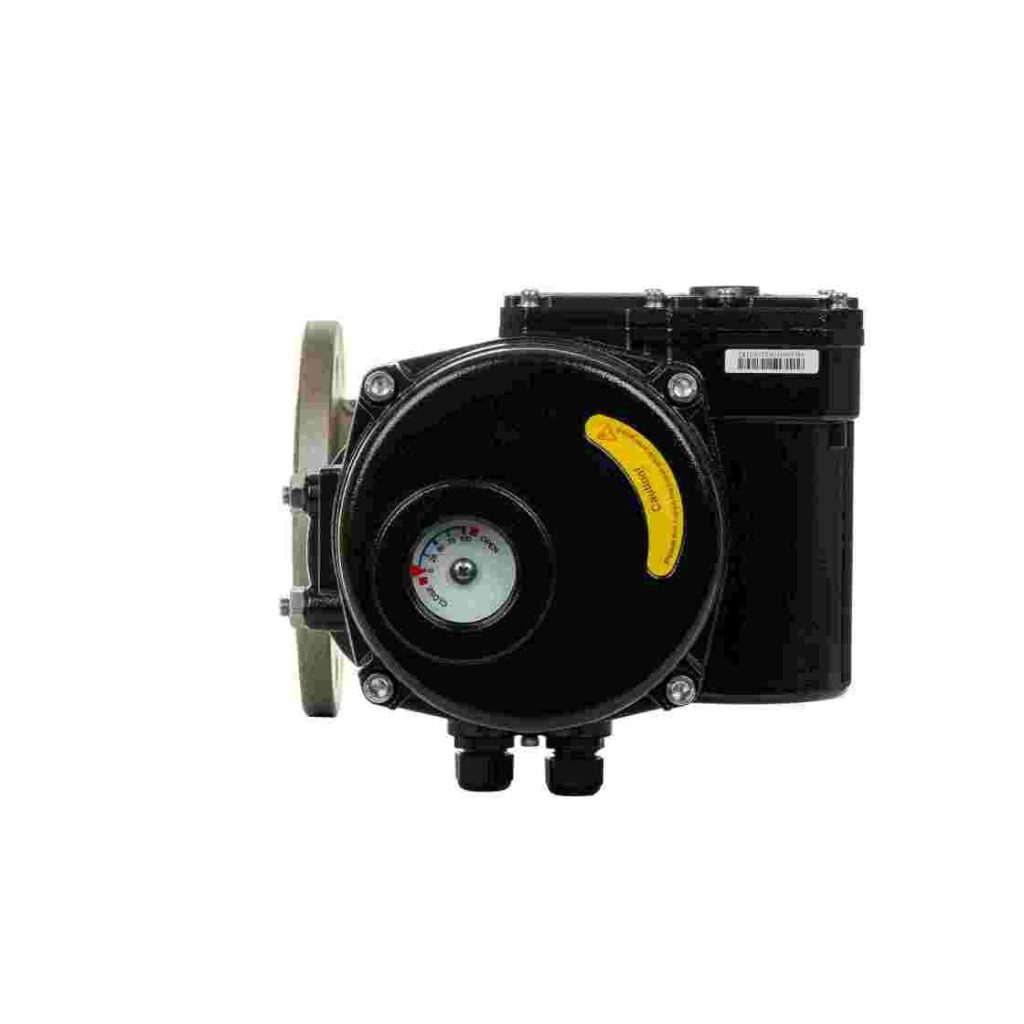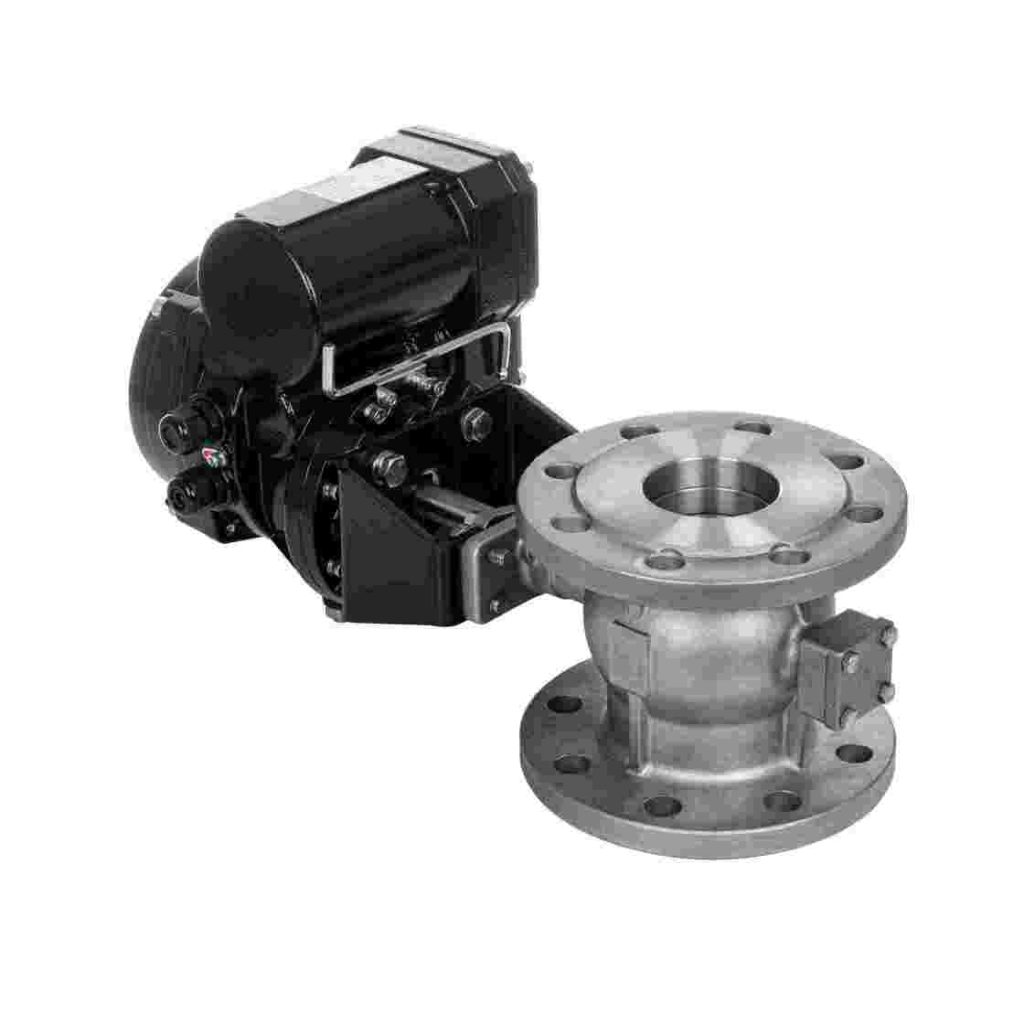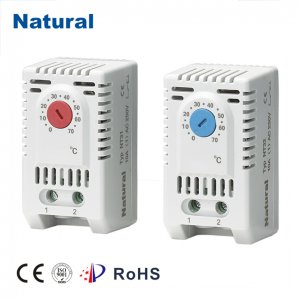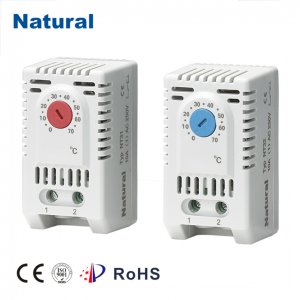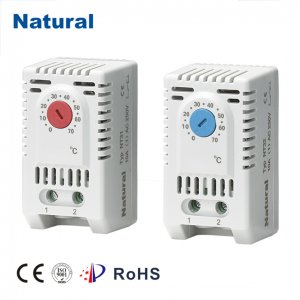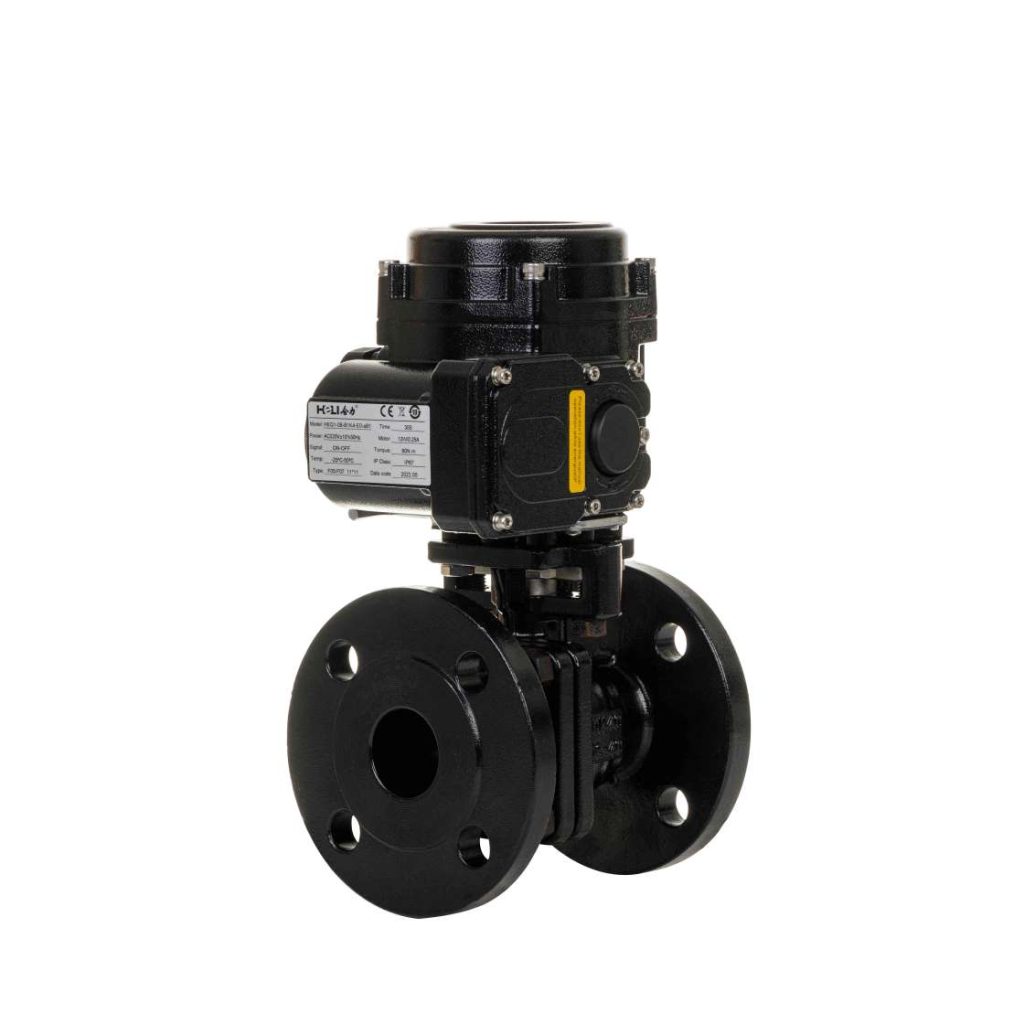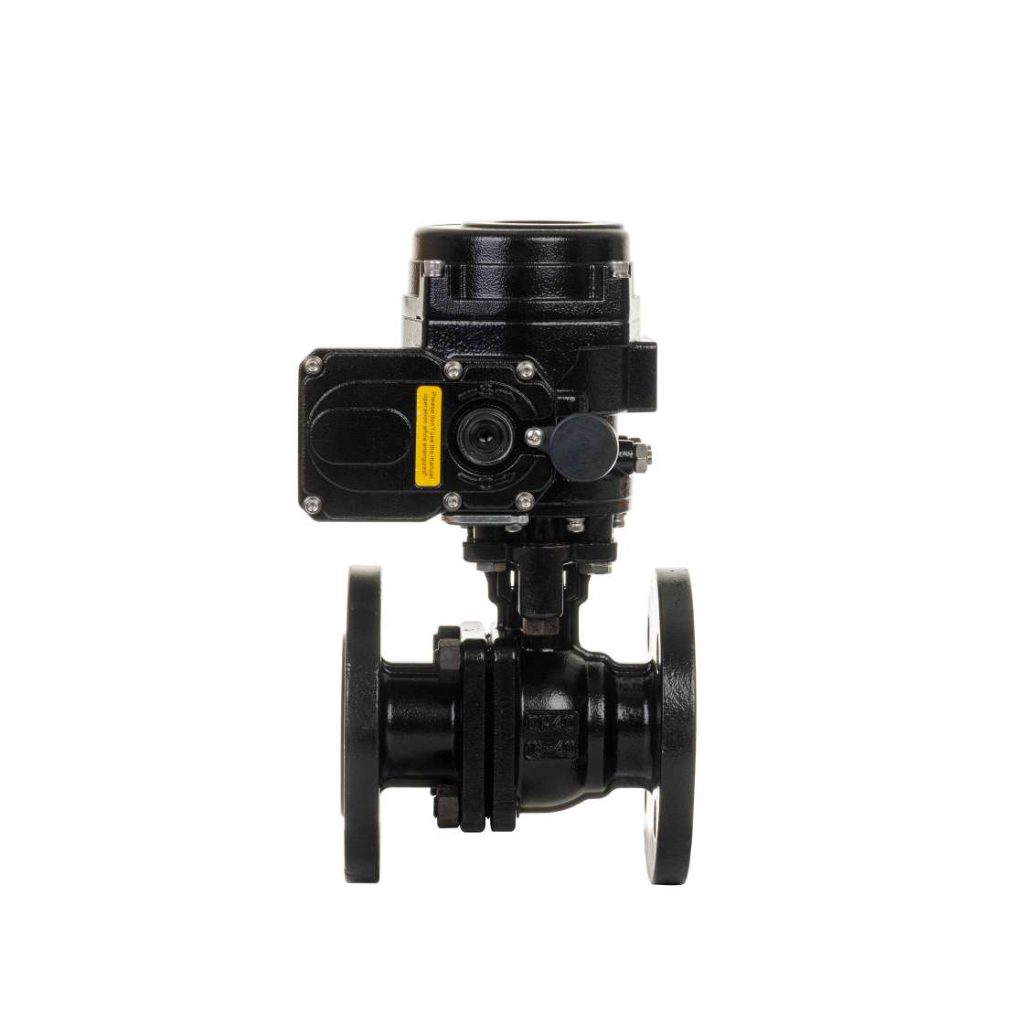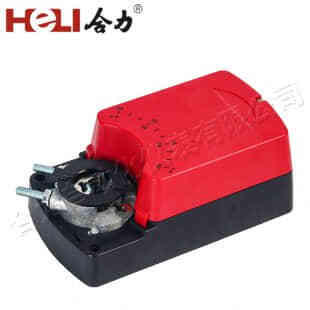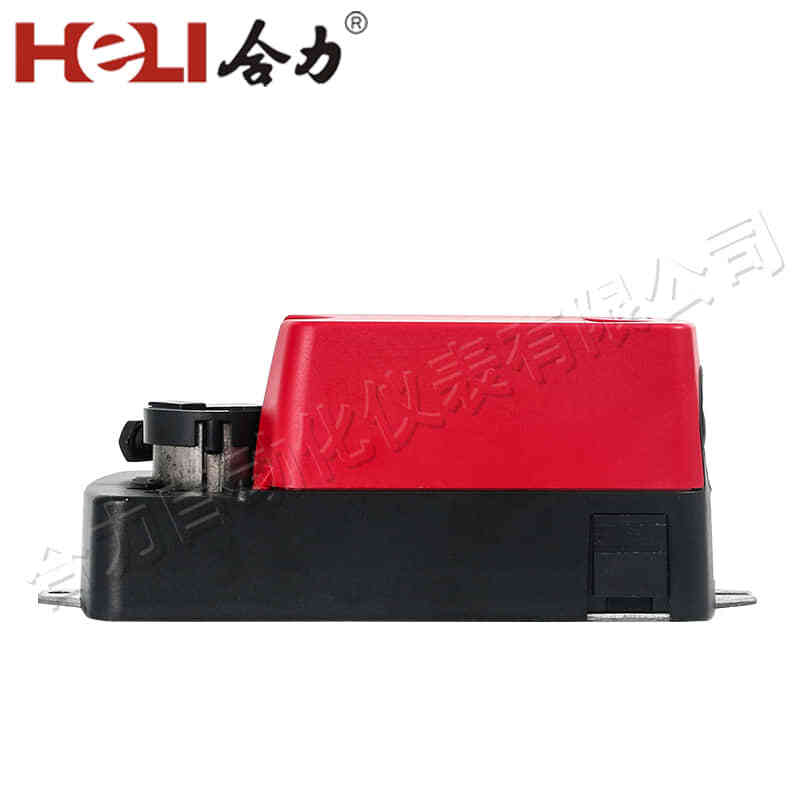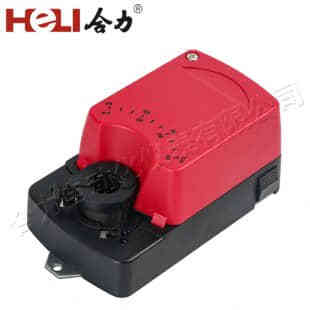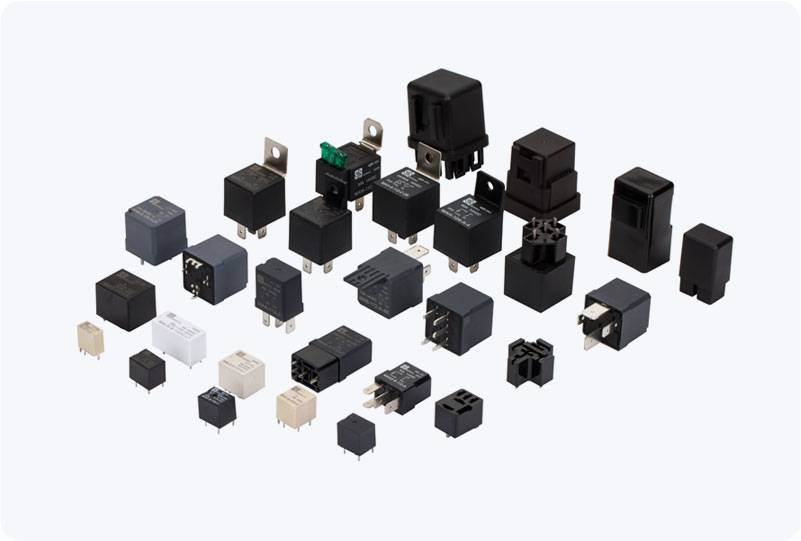Electric globe valves are critical components in various industrial systems, offering precise control over fluid flow in pipelines and machinery. These valves, operated by an electric actuator, are designed to regulate and control the flow of liquids and gases in a variety of applications. Unlike other types of valves, electric globe valves provide enhanced precision and are used where fine adjustments to fluid flow are necessary. In this article, we will explore the functionality, advantages, and applications of electric globe valves, as well as their impact on industrial processes.
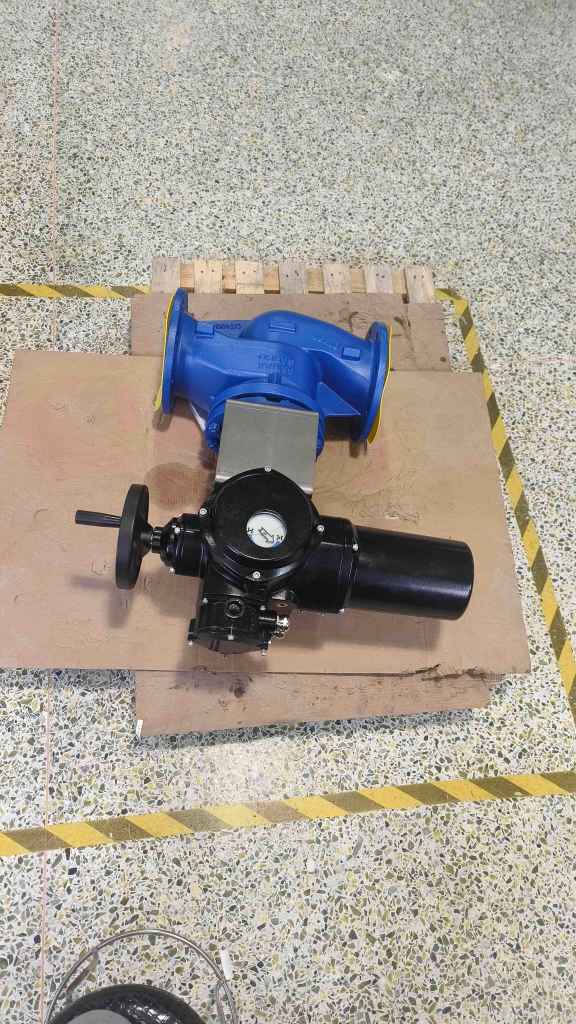
What is an Electric Globe Valve?
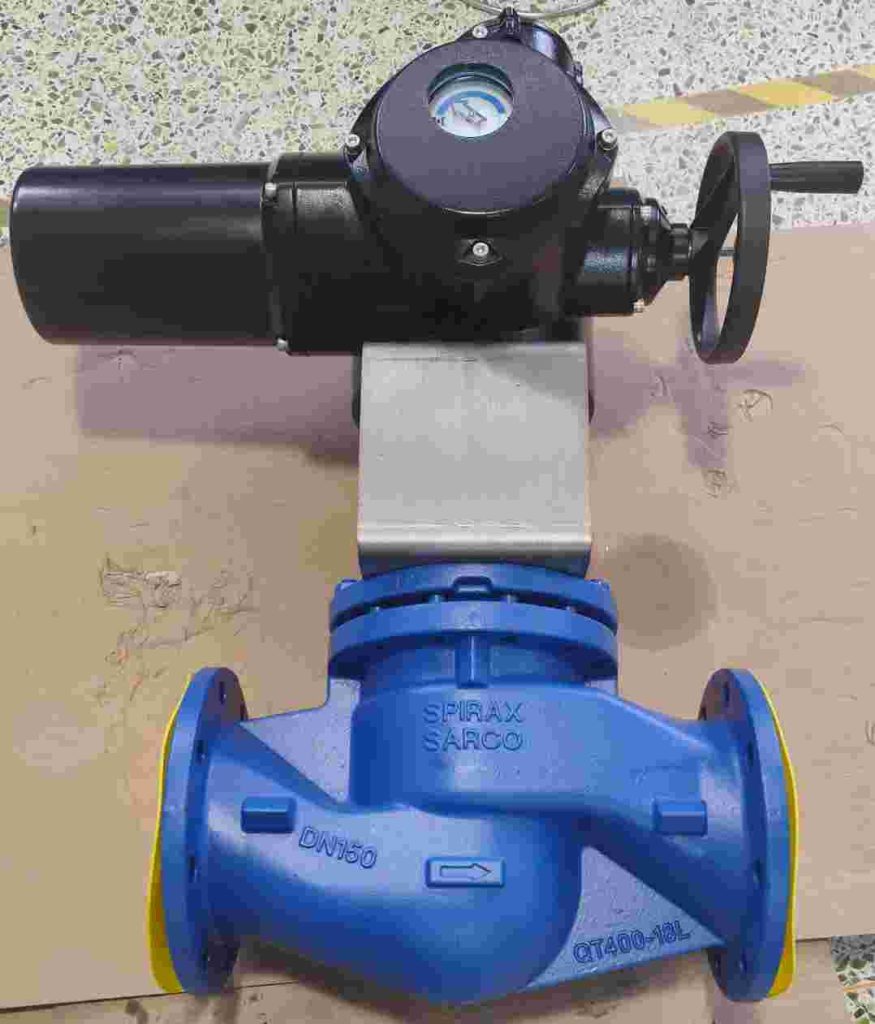
An electric globe valve is a type of valve that uses an electric actuator to regulate the flow of fluids. The globe valve design consists of a spherical body with an internal baffle that divides the flow into two passages. The valve’s function is to control the flow rate by adjusting the position of a plug or disc, which can be moved closer to or farther away from the valve seat. The electric actuator is responsible for controlling the valve’s opening and closing. By using an electric motor, the actuator can precisely position the valve, allowing for consistent control over the flow rate. Electric globe valves are often equipped with sensors and feedback systems, which ensure that the actuator maintains the desired valve position based on set parameters.
